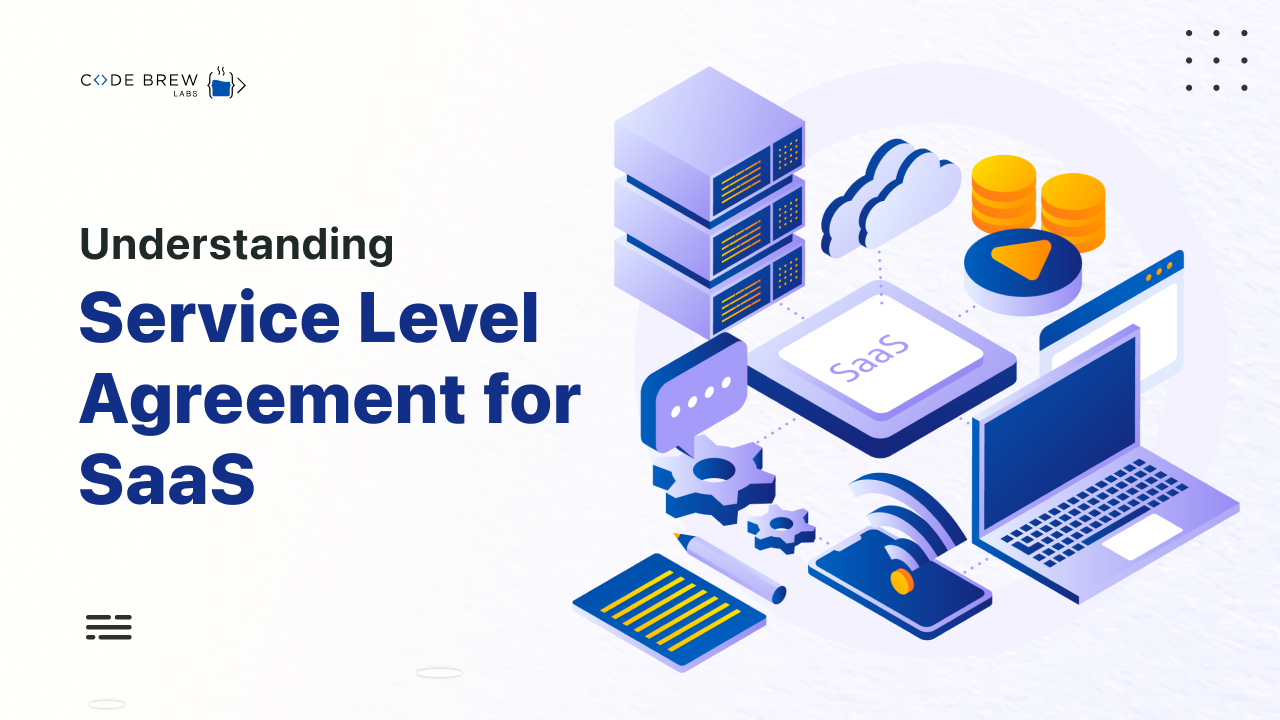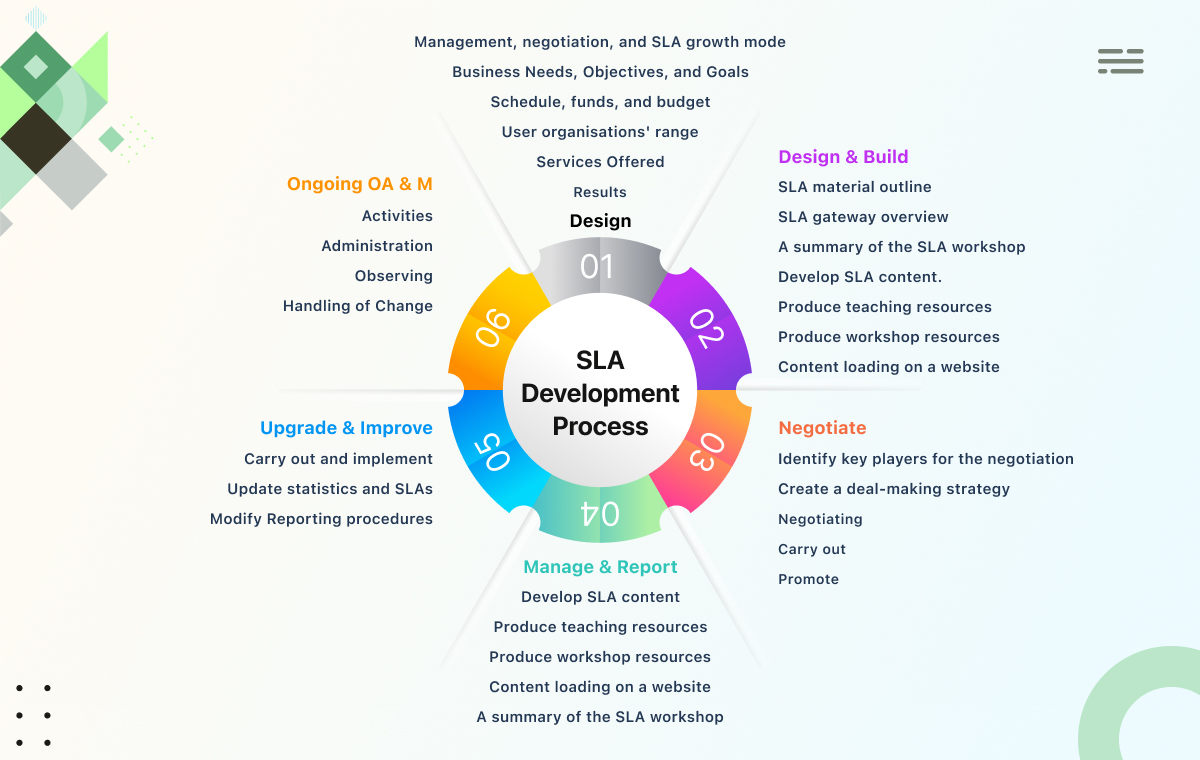
SLAs are simply an agreement between a client and a service provider. The type of services that will be offered, along with their quality and performance criteria, are all described. They were utilized by internet service providers and telecom carriers, and are currently utilized by businesses and organizations across several industries.
Table of Contents
A service level agreement typically outlines the parties involved, the type of services to be provided, quality or performance measures, how and when the contract may be canceled, and, as was already noted, how to address service quality concerns.
A service level agreement (also known as a “SaaS Agreement”) is a legal document and contract that outlines the features that a SaaS vendor’s product will offer and the obligations that the customer has to the SaaS provider. SLA may be a stand-alone agreement or a component of a longer SaaS provider contract.

Enhance the services offered- Shorter time frames for responding to requests or incidents.
Enhance communication- The customer’s expectations are known to the service desk staff or service provider.
Mutual consent- Both the consumer and the service provider agree to the SLA.
Avoid conflicts- Future disagreements can be avoided by having a written scope that is explicit.
Evaluation of compliance- Agreement adherence may be quantified objectively.
Set a management benchmark- The guidelines for service delivery between the provider and the recipient.
Three basic types of SLAs are:
This kind of agreement is used for one-on-one consumers and covers all necessary services a client can need under a single agreement.It contains details on the type and standard of the services that were actually decided on. For instance, a telecommunication service could comprise the internet, voice calls, and messaging services—all of which are covered by the same contract.
Each customer gets the exact same level of service, according to the terms of this SLA. The service is simpler and more practical for suppliers since it is restricted to a single constant standard. Using a service-based SLA, for example, would indicate that all end users who sign the SLA obtain the same level of assistance from IT support.
While drafting this contract, the requirements of the end-user company are taken into account. It enables the user to combine many criteria into one system to produce a more useful service. The following levels of contracts are covered by it: Corporate level and Service level.
Service agreements and Service management are the two main elements to be included
Service Level Agreements are crucial for SaaS providers.
Service agreements: Since SaaS development companies are more adaptable, user-friendly, and cost-effective than ongoing or legacy software, they are frequently used across sectors.
However, the precise characteristics and functions that the program offers to the end user are covered by contract terms, which are often referred to as assurances.
Service management: The measurement of the service level to confirm compliance with service agreements is referred to as service management. It will describe methods for reporting, resolution of conflicts and arbitration protocols, and measures to gauge the standard of service.
Because they create unambiguous obligations among a service provider and a consumer, service-level agreements (SLAs) are crucial. In the field of telecommunications, service-level agreements are typical and give businesses the assurance that a set of criteria will be maintained.
Service-level agreements (SLAs) are crucial for the reasons listed below:
Support both vendors and their suppliers
Define quality as well as efficiency benchmarks
Indicate any exclusions or mitigating factors.
SLA is a crucial component of SaaS agreements that you should review before committing to a new service. All SaaS agreements often include a thorough SLA section outlining the services suppliers must offer, including the various performance standards and usability requirements. The fact that suppliers must adhere to the specifications is the nicest part about SLAs.
You can stay ahead of the curve and manage the management effectively, whether you are a startup, a small firm, or an enterprise looking to grow your organization utilizing SaaS.
Finally, you may manage your SaaS subscriptions and vendors with the help of the top SaaS management software. You can unquestionably acquire, renew, manage, and optimize your SaaS agreements with Code Brew Labs.
Reference
